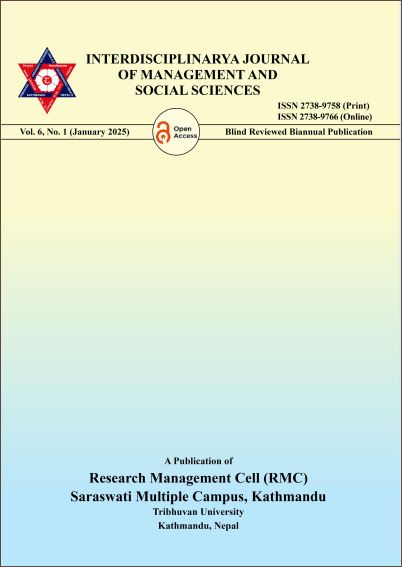Political and Socio-economic Relations between China and Maldives in the Early 21st Century
DOI:
https://doi.org/10.3126/ijmss.v6i1.75402Keywords:
Indian Ocean Region (IOR), China, Maldives, India, String of PearlsAbstract
The continuous rivalry among the most powerful nations in the Indian Ocean region is not a new idea in modern times. IOR has important marine commerce routes that link with South Asian nations and cover one-fifth of the world's total ocean area. Over the last three decades, China's nautical footprint in the Indian Ocean has grown significantly. Many people believe that the "Open Door Policy" was a turning point in China's 19th-century economic growth history. But in the twenty-first century, Beijing is trying to forge closer relationships with smaller governments in the area to protect their own economic and security interests via the adoption of new, positive policies. The "Treasure Island, or Last Paradise on Earth" Maldives is one of the small islands in IOR. Due to its unique geographical location, the Maldives maintains a close connection with China. China's "Red Dragon or Sleeping Giant" has maintained a warm relationship with the tiny and serene Maldives. We try to observe the traditional and modern relations between China and the Maldives. China's economy relies on the safe maritime lanes in the IOR to deliver energy resources. China always shows interest in the Maldives. This article explores how China has maintained its political and socioeconomic ties with the Maldives since 1972, as well as how the Maldives have recognized its geographic importance in the Indian Ocean region. It also discusses the role of China’s government in helping the Maldivians develop projects through MOUs. It also focuses on enhancing the relationship between the Maldives and China.
Downloads
Downloads
Published
How to Cite
Issue
Section
License

This work is licensed under a Creative Commons Attribution-NonCommercial 4.0 International License.

